I have read through the previous discussion on the same topic here, here and a few other places. While I understand that during the course of TLS communication, a MiTM is quite not possible, what are the chances of MiTM attack during TLS handshake?
I realize that TLS client hello, server hello and the following packets sent before establishing the key cannot be encrypted. For establishing the key, TLS uses Diffie Hellman protocol. SO will the traditional Man in the Middle attack still work here?
